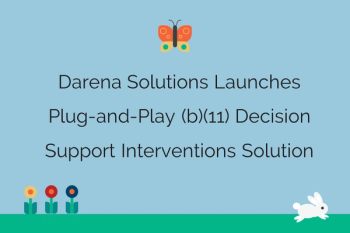
7 Things to Consider When Assessing Ambient Documentation Solutions
Clinician burnout, a long-standing issue in healthcare, worsened during the Covid-19 pandemic, with administrative burden being a significant contributor. Physicians spent approximately two hours on administrative tasks for every one hour of patient care. This burden led to risks such as medical errors, clinician health and psychological issues, reduced productivity, and increased attrition rates. Voice AI technology, resembling virtual assistants like Siri or Alexa, emerged as a promising solution to alleviate this burden.
A study by the American Academy of Family Physicians (AAFP) found that AI voice assistants reduced documentation time by 72%, earning them the title of an "Essential Innovation." Generative AI has also introduced ambient documentation solutions, which can automatically generate clinical notes from patient-clinician conversations, potentially reducing both the mental burden and time required for documentation.
As healthcare systems explore these tools, they must carefully evaluate their capabilities and benefits. Download this case study to learn more about the 7 factors you need to consider when considering ambient documentation solutions that will benefit your practice.
Sponsored by

































